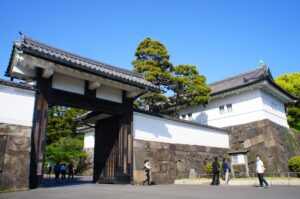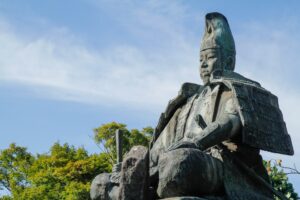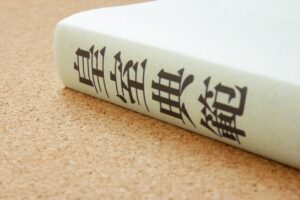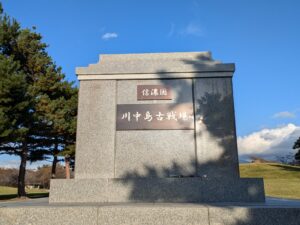In Japanese history, the terms “shogun” and “shogunate” are often used interchangeably, but they represent different aspects of Japan’s past. This article aims to clarify the distinctions between a shogun, the military leader, and the shogunate, the government or administration established by the shogun. Through exploring their origins, roles, and impacts, readers will gain a deeper understanding of these pivotal elements in Japanese history.
What is a Shogun?
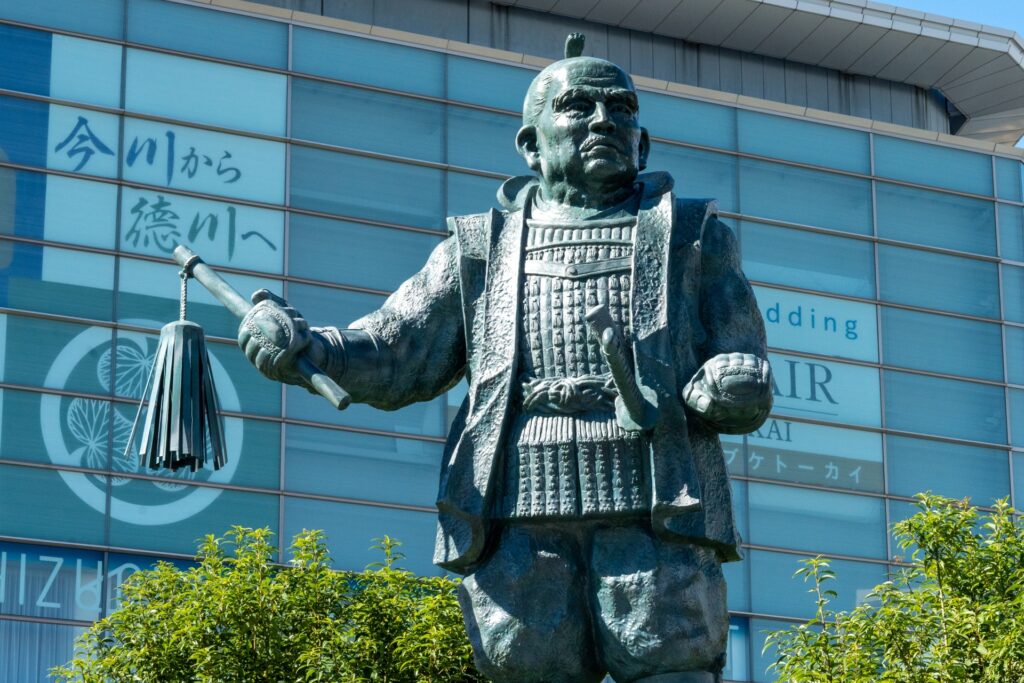
The term “shogun” (将軍) originates from the title “Sei-i Taishōgun,” which means “Commander-in-Chief of the Expeditionary Force Against the Barbarians.” Initially, it was a temporary title given to military commanders during the Heian period (794-1185). However, it evolved to become a hereditary title and the most powerful position in Japan. The shogun was the de facto ruler, overshadowing the emperor, who remained a figurehead. Duties of the shogun included overseeing military operations, administering government policies, and maintaining order among the samurai class. Becoming a shogun typically required noble lineage, military prowess, and political acumen, often validated by appointment from the emperor.
What is a Shogunate?

A shogunate (幕府, bakufu) refers to the government or administrative system led by a shogun. It was the military dictatorship that ruled Japan from the Kamakura period (1185-1333) to the end of the Edo period (1603-1868). The shogunate was responsible for enforcing laws, collecting taxes, and controlling the country’s samurai warriors. Various shogunates throughout Japanese history included the Kamakura, Muromachi (Ashikaga), and Tokugawa shogunates, each marked by different governance styles and reforms. The dissolution of a shogunate usually occurred through military defeat, political upheaval, or significant social changes, leading to the restoration of imperial rule.
The Evolution of the Shogunate System
The shogunate system evolved significantly over time, reflecting Japan’s changing political and social landscapes. The Kamakura Shogunate (1185-1333) established the first military government, bringing stability after decades of civil war. The Muromachi Shogunate (1336-1573) saw a flourishing of culture despite internal conflicts and declining central power. The most famous, the Tokugawa Shogunate (1603-1868), brought a prolonged period of peace known as the Edo period. Under Tokugawa rule, Japan saw economic growth, isolationist policies, and a rigid social hierarchy. Each shogunate adapted to contemporary challenges, leaving distinct legacies in Japan’s governance and culture.
The Impact of Shoguns and Shogunates on Japanese Society
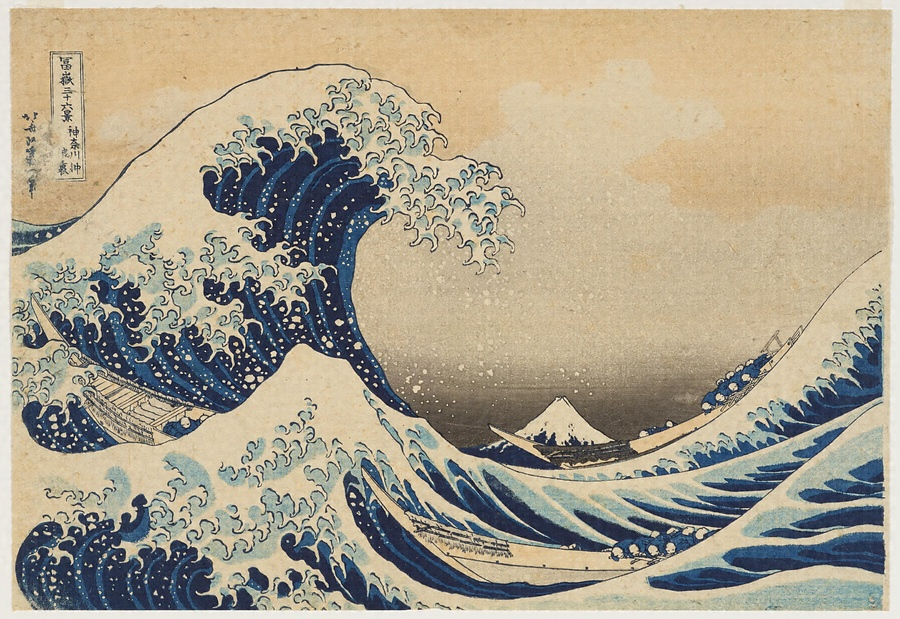
Shoguns and their administrations profoundly influenced Japanese society, shaping its social structure, economy, and culture. The samurai class, under the shogun’s leadership, became the ruling military elite, with strict codes of conduct and loyalty. Economically, shogunates implemented policies that boosted agriculture, trade, and urbanization, particularly during the Tokugawa period. Culturally, the shogunates patronized arts, literature, and education, leading to developments such as the tea ceremony, Noh theater, and woodblock printing. Shogunate rule also enforced social stability and hierarchy, affecting the daily lives of all social classes in Japan.

Key Figures in Shogunate History

Prominent shoguns left indelible marks on Japanese history. Minamoto no Yoritomo, the first shogun, founded the Kamakura Shogunate, setting a precedent for military rule. Ashikaga Takauji established the Muromachi Shogunate, fostering a cultural renaissance despite political turmoil. Tokugawa Ieyasu, perhaps the most renowned shogun, unified Japan after a period of warring states and founded the Tokugawa Shogunate, ensuring over two centuries of peace and stability. These leaders’ achievements and legacies illustrate the shoguns’ pivotal roles in shaping Japan’s historical trajectory.
Conclusion
In summary, while the terms shogun and shogunate are often used together, they represent distinct but interrelated elements of Japanese history. The shogun was the military leader and de facto ruler, while the shogunate was the governmental system established by the shogun. Understanding these differences and their impacts provides valuable insights into Japan’s past and its enduring cultural heritage. Through examining the roles, evolutions, and legacies of shoguns and shogunates, we gain a comprehensive understanding of their significance in Japanese history.






